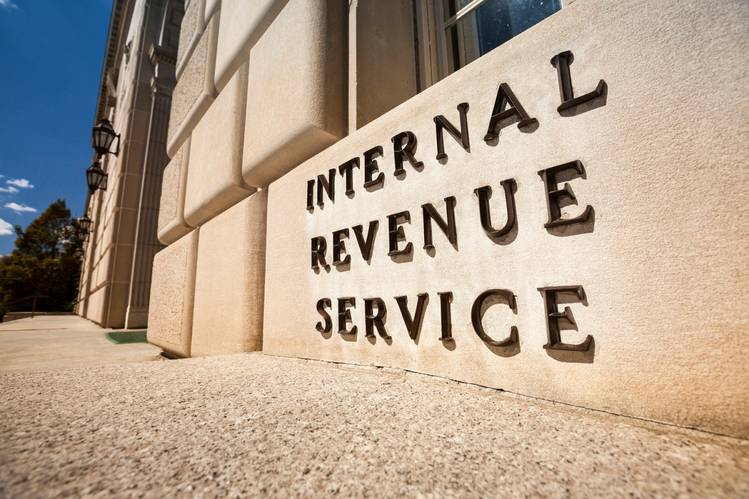When it comes to the classification of workers, employers typically want to classify their employees as independent contractors. However, the IRS has determined that often, these workers are misclassified employees. The misclassification has even been seen to end up in the courtroom.
Since the courtroom isn’t an ideal place to be, it is important to note that employers have options for protection if the IRS challenges the classification of their workers. Formerly known as “Section 530 relief,” an employer may avoid adverse tax consequences from the misclassification of employment status. The said employer must exemplify a reasonable basis for classifying their worker as an independent contractor.
Understanding Payroll Tax
When a worker is classified as an employee as opposed to an independent contractor, the employer must withhold federal income tax. Additionally, the employer must withhold the employee’s share of “Social Security tax” plus Medicare tax. The employer must also pay the employer’s share of the taxes and the federal unemployment tax. Once tax season rolls around, the employer will have to issue the Form W-2 for the wages and send a copy to the IRS.
Employers should be aware that the amount of payroll taxes seem to be exponentially increasing. In addition to payroll taxes, employers will have to be responsible for certain state taxes. If a worker is classified as an employee, he or she may be eligible for expensive fringe benefits such as health insurance and 401(k) matching contributions.
Employers need to be careful about how they classify their workers. If improperly classified, employers could be left with a pricey tax bill for unpaid employment taxes, interest, and penalties. One way to distinguish between independent contractors and employees is your legal right to control how the worker performs. If you do have full control, he or she is an employee. Likewise, if you have little to no control over how the worker gets the job done, he or she should be classified as an independent contractor.
Understanding Section 530
Section 530 safe-harbor rule is active when a business is assessed back taxes and penalties for misclassifying workers as independent contractors instead of employees.
If a business can show it had a reasonable basis for treating workers as independent contractors, the resulting back taxes, fines and penalties may be waived. It is advised to receive the services of a tax professional before you enter into any agreements with the IRS.
Below, you will find three main requirements for securing Section 530 relief.
- Reasonable Basis
An employer must have a “reasonable basis” for not treating workers as independent contractors.
- Employment status consistency
In the past, the employer has only treated the workers and any similar workers as independent contractors.
- Reporting consistency
At all times, the employer has filed all federal tax returns consistent with your treatment of the workers as independent contractors. For instance, your business must have provided workers with Form 1099s and not W-2s.
To secure Section 530 relief successfully, all requirements must be met.
Get in touch with a Qualified Tax Advisor
Don’t jeopardize the livelihood of your business by misclassifying your employees. Investing in the assistance of a qualified tax advisor who can provide guidance on Section 530 safe-harbor rule is far less than the back taxes, fines, and penalties you can receive if found guilty of misclassification.
Work with PDR CPAs
If you are interested in a prosperous future from a personal and/or business standpoint, reach out to our team of dedicated specialists. When considering accounting, audits, tax or business consulting, one call can make all the difference. Click here to get started – we look forward to working with you!






